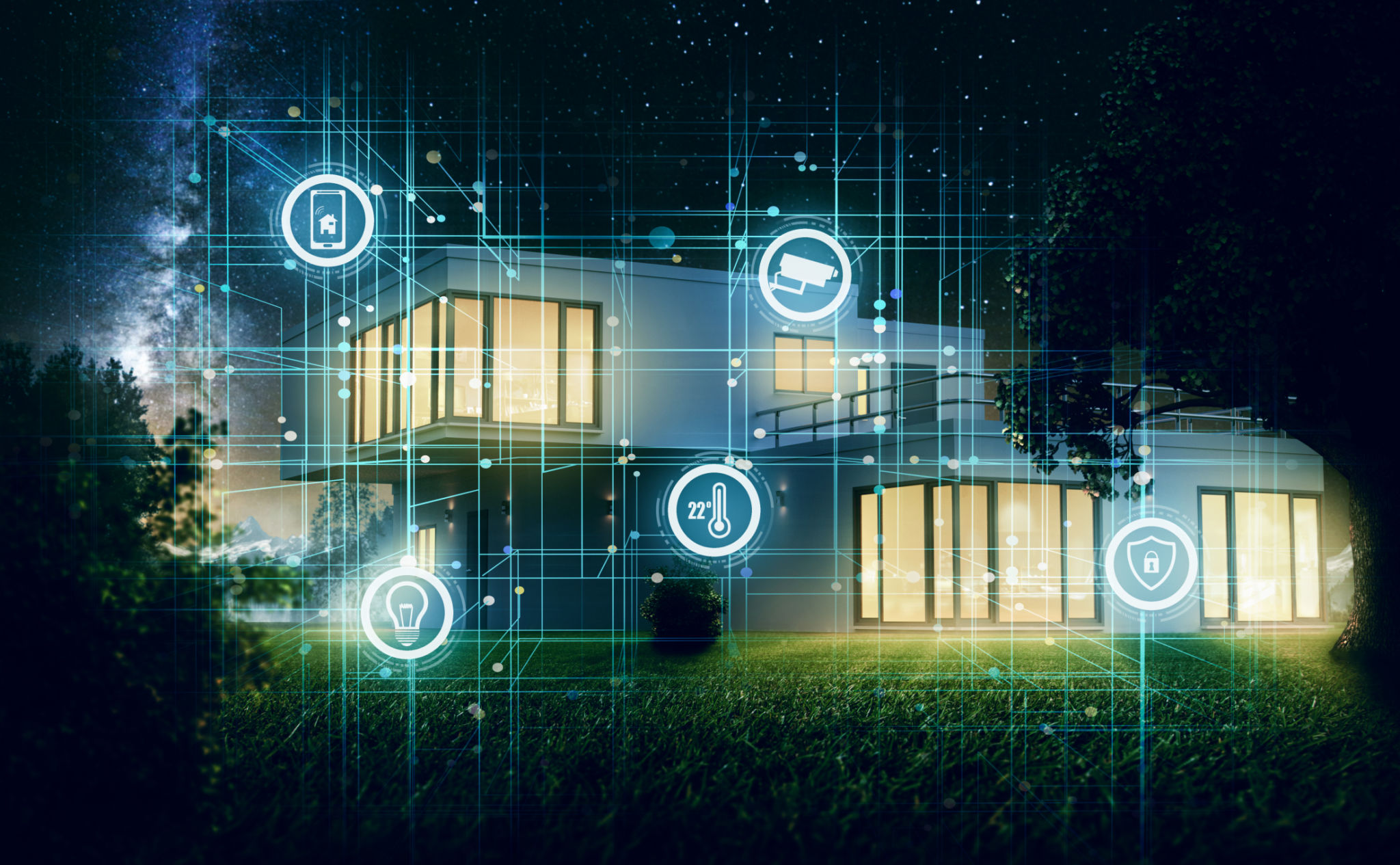How to Integrate Smart Technology into Your New Home Build
Understanding the Basics of Smart Home Technology
As you embark on building your new home, integrating smart technology can enhance your living experience significantly. Smart home technology refers to devices that connect to the internet, allowing you to control various functions, such as lighting, heating, and security, from your smartphone or tablet. Understanding the basics of these technologies is crucial for seamlessly incorporating them into your new build.
Smart home systems often include a central hub that serves as the brain of your home's ecosystem. This hub can connect to various devices, enabling automation and remote control. As you plan your build, consider the types of devices you'd like to include and how they will communicate with each other.

Planning Your Smart Home Integration
The first step in successful smart technology integration is planning. Consider the specific needs of your household and how different smart technologies can meet those needs. Draft a list of priorities—whether it's energy efficiency, security, convenience, or entertainment—to guide your decisions.
It's also essential to collaborate with your builder and technology experts early in the process. They can provide insights on wiring needs and structural considerations, ensuring that your home is ready for future technological advancements. Planning ahead can save time and money, preventing costly retrofits after construction is complete.
Choosing the Right Devices
With a plethora of smart devices available, selecting the right ones for your home can be overwhelming. Here are some popular options to consider:
- Smart thermostats: These devices help regulate your home's temperature efficiently, learning your schedule and preferences over time.
- Smart lighting: Control lighting remotely and create automated schedules for energy savings.
- Smart security systems: Enhance home security with cameras, motion sensors, and automated locks.
- Voice assistants: Devices like Amazon Alexa or Google Assistant can control other smart devices through voice commands.

Ensuring Seamless Connectivity
A reliable internet connection is the backbone of any smart home. Ensure your new home has robust Wi-Fi coverage throughout to avoid connectivity issues. This might involve installing multiple routers or mesh networks to cover larger areas effectively.
It's also wise to consider future-proofing your home with higher bandwidth options if available. As more devices connect to the internet, a strong and fast connection will become increasingly important.
Maximizing Energy Efficiency
Smart home technology isn't just about convenience; it also offers opportunities for improved energy efficiency. Devices like smart thermostats and lighting systems can reduce energy consumption by optimizing usage patterns based on your routines.
Additionally, smart appliances can help monitor energy use and provide insights into consumption patterns, allowing you to make informed decisions about reducing energy waste. This not only benefits the environment but also decreases utility bills over time.

Enhancing Security with Smart Technology
One of the most significant advantages of integrating smart technology into your new home is enhanced security. Smart security systems offer real-time alerts and remote monitoring capabilities, providing peace of mind whether you're at home or away.
Consider installing smart locks, video doorbells, and security cameras as part of your build. These devices not only deter potential intruders but also allow you to monitor and control access to your home effortlessly.
Creating a Flexible and Adaptable Space
Your new home should be a space that adapts to your changing needs. Smart technology allows for this flexibility by enabling easy upgrades and additions without major renovations.
When planning your build, think about wiring and space considerations that allow for future installations. Modular systems and open frameworks can make it easier to adapt your home's technology as new innovations become available.

Conclusion: Embracing the Future
The integration of smart technology into your new home build offers numerous benefits, from increased convenience and energy efficiency to enhanced security. By understanding the basics, planning strategically, and choosing the right devices, you can create a home that's not only modern but also ready for future advancements.
As you move forward with your project, remember that the goal is to create a space that meets your unique needs while remaining adaptable to technological changes. Embracing smart technology will ensure that your new home is both comfortable and cutting-edge for years to come.
